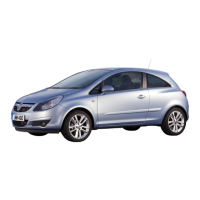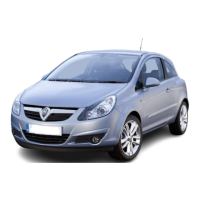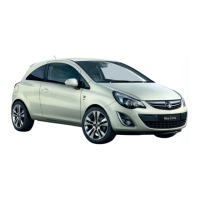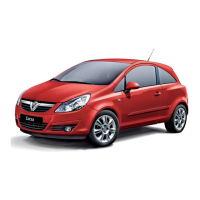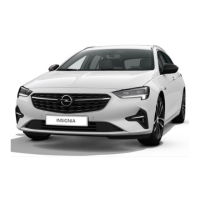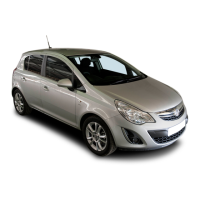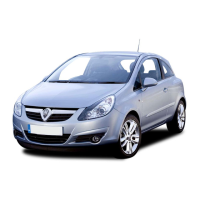228
Washing
The paintwork of your vehicle is exposed to
environmental influences, e.g. continuous
changes in weather conditions, ind ustrial
waste gases and dust or thawing salts, so
wash and wax your v ehicle regularly. When
using automa tic car washes, select a
programme which includes waxing.
Bird droppings, dead insects, resin, pollen
and the like should be cleaned off
immediately, as they contain aggressive
constituents which can cause paint
dam age.
W hen u sin g c ar was hes , follow th e rele van t
instructions of the car wash facility. The
windscreen wiper or a utomatic wiper
system with rain sensor 3 and the rea r
window wiper 3 must be switched off – see
page 18. Rem ove the aerial 3 and the roof
rack 3.
If you wash your vehicle by hand, make
sure that the insides of the wings are also
thoroughly rinsed out.
Clea n edges and folds on op ened doors
and flaps as well a s the areas they cover.
Thoroughly rinse off and leather-off the
vehicle. Rinse leather frequently. Use
separate leathers for paint and w indow
surfaces: remnants of wax on the window s
will impair vision.
Observe national regulations.
Waxi ng
Wax your vehicle regularly, in pa rticular
after it has been washed using shampoo
and at the latest when wa te r no longer
forms beads on the paintwork, otherwise
the paintwork will dry out.
Also wax edg es a nd folds on op ened doors
and flaps as well a s the areas they cover.
P olishing
Polishing is necessary only if the pa int has
become dull or if solid deposits have
become attached to it.
Paintwork polish with silicone forms a
protective film, making waxing
unnecessary.
Plastic body parts should not be treated
with wax and polish.
Use Metallic Paintwork Wax on vehicles
with a metallic-effect paint finish.
Wheels
Use a pH-neutral w heel cleaning agent to
clean the wheels.
Wheels are painted and can be treated
with the same ag ents as the body. For alloy
wheels we recomm end use of Alloy Wheel
Pres erv er.

